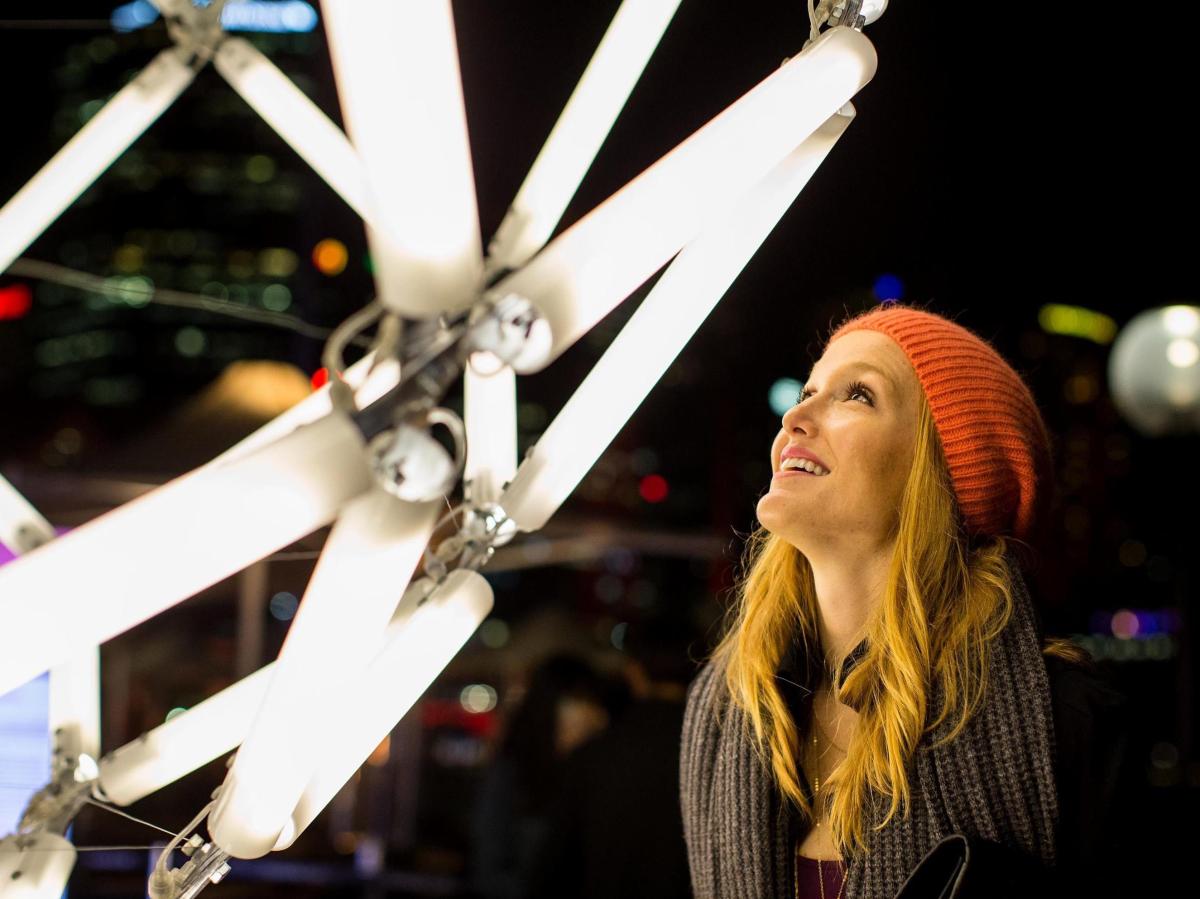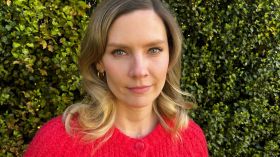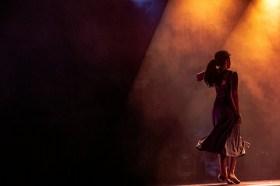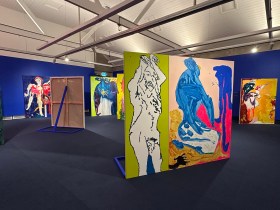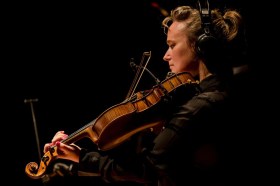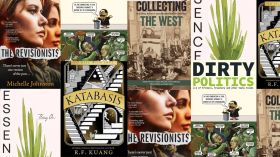Be prepared to be captivated by Vivid this year. Image courtesy Vivid Sydney
These days, Vivid Sydney is more than just a few light-works on the hip of Sydney’s Harbour. It has grown into an internationally recognised event, and one that has mushroomed into a cluster of festivals under its themes of light, music and ideas.
Festival organisers describe Vivid Sydney as a place ‘where art, technology and commerce intersect’, adding ‘It is a summit, forum and playground for the world’s creative industries – a time to celebrate, collaborate, experiment, conduct business and showcase how creativity changes everything.’

